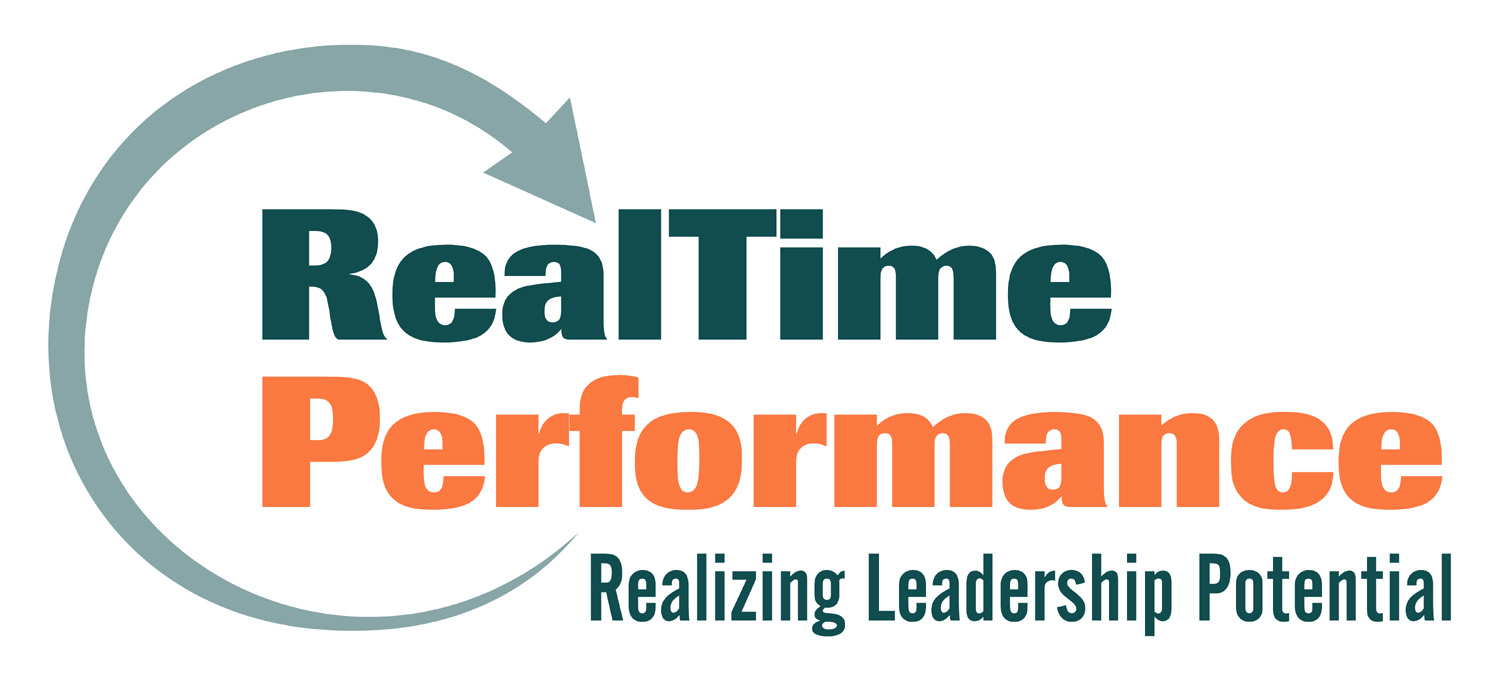The Cantina at the Antinori Winery. The Antinori family of Italy traces the founding of its family-owned wine business to 1385. That’s 630 years and 26 generations of business continuity. Consider the risks that a business faces over a span of that period, including war, plague, economic crisis, political turmoil, family health, and sibling rivalries just to name a few. Any one of these events could easily end a fragile family business, and many Antinori generations have faced more than one...
5 Steps to Business Impact
I will be speaking at the 2011 ASTD International Conference in Orlando (May 22nd – 25th) on how to achieve business results from training. The following is a description of the presentation and learning outcomes for the event. Those of us who have been in and around the learning industry a long time know that the quality of instructional design, materials, delivery, and facilitation of training has steadily increased through the years and continues to improve. In addition, technology...
When Brainstorming, Start with the Bad Ideas
At one time or another we’ve all been invited to attend a brainstorming session, where the leader stands up in front of a whiteboard, pen in hand, and says something like, “Innovation is critical. We need to come up with some good ideas to stay innovative. So who wants to start?” As any survivor of one of these sessions will tell you, what transpires over the next few hours is often generously referred to as “brainstorming,” while others might call it a waste of time. The reason these...
Move Over LMS, Here Comes the Learning Portal
The Learning Management System (LMS) was originally designed for “managing” learning across the enterprise. That is, the true customer or end-user for the LMS is the training department, often charged with keeping track of who has taken what course. To use the analogy of a university, the LMS is the administration office. You remember, the face-less bureaucracy that tracked courses and credits earned. The administration office is not what inspires college students to achieve higher levels of...
Alignment of Learning to Business Goals
Has the recession forced organizations to more closely align learning objectives to business goals? A new study by CLO Magazine surveying over 1,500 senior learning and development executives found: “90 percent of CLOs believe their learning will be more aligned with organizational business objectives this year. That’s music to some executives’ ears.” Jim Gillece, AlliedBarton’s senior vice president and chief people officer, talks in the article about the importance of well-defined leadership...
New e-book: Getting More from Your Investment in Training
The current global economy is forcing people and organizations to find ways to do business more efficiently and more effectively. Companies are revisiting strategy, markets, R&D, size of workforce, and their entire cost structure. There is an intense focus on business results with an added emphasis on trimming anything that doesn’t directly contribute to the success of the organization. These same forces are affecting training and development departments at corporations across the globe...
Creating a Learning Culture
One of the great business challenges of the 21st century will be building the capacity of large, complex organizations to change and evolve continuously in order to deliver ever-increasing value to customers. In the world of leadership development, we often think of this pursuit through the narrow lens of developing individual leadership skills and competencies through training. Creating a Learning Culture However, an adaptive and flexible organization is the result of a true learning culture...
